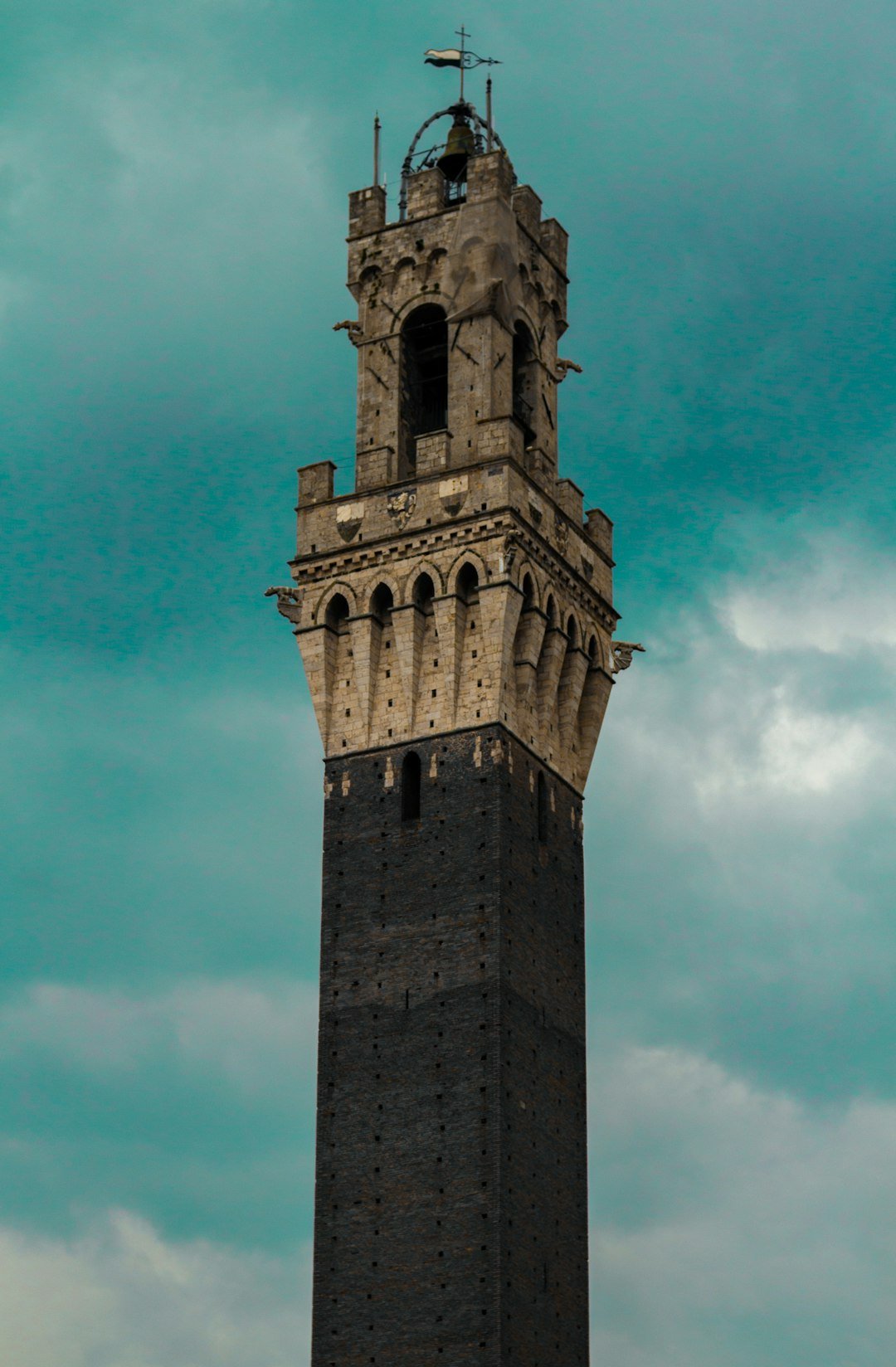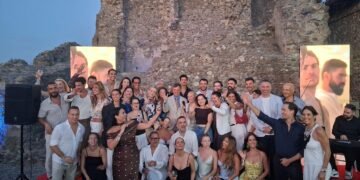An Introduction to Tuscan Architecture
With its rolling hills, fields of sunflowers and lavender, vineyards with world-renowned wine and cities filled with art and culture, Tuscany is one of the most spectacular regions in Italy. Its design flavour and architectural style is strongly founded in history, reflecting unique aesthetic and functional characteristics that have lived through the ages. Let’s delve into the intriguing world Tuscan architecture and explore how it reflects its remarkable history.
The Influence of Roman and Etruscan Civilizations
The history of Tuscan architecture is primarily driven by two major influences: the Romans and the Etruscans. The Etruscans, the earliest recorded inhabitants of the region, built stone homes and public buildings that incorporated circular designs, strong, thick walls and domed roofs, laying the initial blueprint for future Tuscan architecture.
| Etruscan Influence | Roman Influence |
|---|---|
| Stone Homes | Arched Structures |
| Circular Designs | Use of Marble |
| Domed Roofs | Colonnades |
When Romans took over the region, the architectural scene underwent significant transformation. They introduced refined architectural elements like arches, marble, and colonnades into Tuscan designs, which are still evident in many structures across the region today.
The Rise of Medieval Architecture: Castles and Towers
Castle Architecture
In the Middle Ages, the Tuscany region saw the rise of castellated architecture – robust castles and fortified manors. These structures bore witness to turbulent periods, marked by battles and power struggles among rival communities and families. Predominantly made of stone and local materials, these medieval fortresses exhibit characteristic crenellations and fortified walls, signaling the defensive needs of the period.
Tower Houses
Particularly popular in the medieval cityscape of Florence, Siena, and San Gimignano were towering edifices called tower houses. These buildings served both a residential and defensive purpose, reflecting not only the political instability of the era but also the wealth and prestige of the city’s affluent upper class.
Renaissance Architecture: A New Dawn
The Renaissance period in Tuscany, stretching from the 15th to the 17th century, represents an era of fresh thinking and revisiting ancient ideals. Renaissance architecture, a symbol of this intellectual upheaval, showcased grandeur, symmetry, and harmony. Iconic structures of this phase, like Florence’s Dome and Piazza della Signoria, characterized by classical lines and rounded arches, embolden the architectural wealth of the region.
| Renaissance Influence |
|---|
| Grandeur and Regality |
| Use of Symmetry and Harmony |
| Classical Lines and Rounded Arches |
Rustic, Rural Tuscan Architecture
Notwithstanding its rich heritage of grand castles and public edifices, Tuscany finds its soul in rustic rural landscapes dotted with farmhouses and villas.
Traditional Tuscan Farmhouses
When you think of Tuscany, you often start with a picture of traditional farmhouses, or ‘Casale’ or ‘Podere’. Constituted mainly of locally sourced stones, these homes reveal a simple, solid structure, often with the ground floor used for animals and upper floors for family living.
The Villas and Gardens
On the other hand, the Tuscan rural landscape shows the proud existence of stunning villas that once belonged to the upper class. These structures reveal an infusion of luxury with rustic simplicity, often surrounded by beautifully landscaped gardens, offering a peek into the lavish lifestyle of the earlier aristocrats.
Conclusion
Tuscan architecture reflects the region’s rich historical tapestry deeply. From early Etruscan influences combined with Roman introductions of arches and marble, through Medieval castles and tower houses painted a picture of political instability and power display, to the Renaissance’s rejuvenation of architectural grandeur – all have left permanent imprints on the Tuscan landscape. This intriguing blend of ancient influences and evolving design concepts continues to lend Tuscany its timeless appeal and unique character, making it an architectural treasure to behold.
























